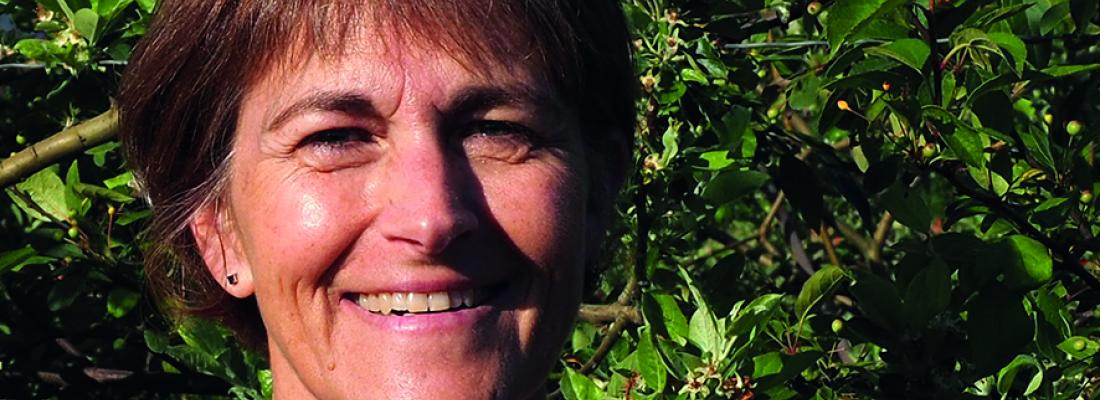Agroecology Reading time 2 min
Tree architecture and resource use in the face of climate change
Published on 20 July 2020

What role does tree architecture play in adaptations to climate change?
Tree architecture affects the leaf surface distribution in space, flowering/fruit development, and the crown microclimate, which are all associated with variation in light levels. Microclimatic conditions impact gas exchange between the leaves and the surrounding air, thus influencing carbon assimilation and water loss via transpiration. To deal with climate change, it will be crucial to increase the efficiency of tree architecture and resource use via the exploitation of genetic variation, plot management, and tree management. Other adaptive responses to climatic conditions include shifts in the various stages of the annual development cycle (i.e., from budbreak to the end of growing season); leaf senescence; and dormancy, which are all also linked to tree architecture.
Is it possible to measure the performance of many perennial plants all at once in the field?
To characterise the architecture and performance of numerous trees in the field, we have begun utilising digital technology. For example, we can use drone-based data obtained using terrestrial laser scanning, multispectral imaging, and thermal imaging to build 3D reconstructions of trees, calculate indices of leaf density and chlorophyll content, and estimate leaf surface temperatures. We can then use this information to determine transpiration rates or fruit loads. We have also sought to develop new indicators for the stages of the annual development cycle and for interactions between consecutive cycles. We are currently exploring how deep and machine learning can improve algorithm performance.
To deal with climate change, it will be crucial to increase the efficiency of tree architecture and resource use
What results has this high-throughput phenotyping yielded thus far?
We have phenotyped a range of French apple varieties based on multiple criteria, which are related to tree architecture and leaf responses to environmental conditions. To verify the validity of our technique, we directly characterised the volume, shape, leaf surfaces, and various functional indices of cover using control trees. This multicriteria assessment should make it easier to identify varieties and traits of interest and to pinpoint the genes at work. We will then be able bring about targeted genetic improvements. A PhD student is currently building on this research thanks to joint funding from INRA and the Digital Agriculture Convergence Lab (#DigitAg).
